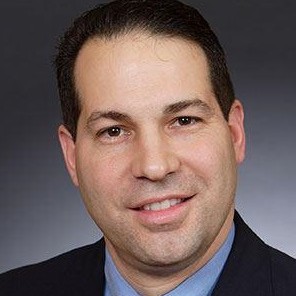
As much as 10% of the population develops some type of hernia during life.1 More than 1 million abdominal hernia repairs are performed each year, with inguinal hernia repairs constituting nearly 800,000 of these cases.2 According to a February 2012 Wall Street Journal article, more than 30% of patients may, unfortunately, suffer from long-term chronic pain and restricted movement after surgery to fix a hernia.3
BG Medical, the manufacturer and distributor of the 21st Century SURGIMESH® Platform, announced recently it is honoring Hernia Awareness Month by partnering with CQInsights to pioneer a new approach that delivers better outcomes for patients, with a larger mission to share sustainable solutions that improve healthcare for everyone. SURGIMESH is the only non-woven polypropylene matrix mesh that promotes rapid and complete vascularized incorporation in just 12 days. Because of its low profile and ability to be trimmed, SURGIMESH is also easier to deploy for all types of open and laparoscopic procedures, including robotics. SURGIMESH is a proprietary 21st century alternative to the use of older knitted or woven meshes and has the potential to significantly reduce chronic pain and recurrence.
“This novel configuration of polypropylene and its unique production style and structural architecture will benefit patients clinically as it mimics the organization of the ECM in its random orientation,” said McGowan Institute for Regenerative Medicine affiliated faculty member Jarrod Kaufman, MD, Chairman of Surgery at Monmouth Medical Center Southern Campus. His practice, Premier Surgical, is based in Brick, NJ. “ Innovative products and the ongoing multicenter clinical research will help better understand the magnitude of benefit this mesh provides to our patients undergoing hernia repair surgery.”
CQInsights is the first healthcare data consulting and analytics company focused on digital health transformation by applying Systems and Data Science principles, including value-based continuous quality improvement, to real patient care, benefiting all facets of the healthcare industry.
1Ruhl CE, Everhart JE. Risk factors for inguinal hernia among adults in the US population. Am J Epidemiol. 2007 May 15. 165(10):1154-61.
2Fitch MT, Manthey DE. Abdominal hernia reduction. Roberts JR, Custalow CB, Thomsen TW, et al., eds. Roberts and Hedges’ Clinical Procedures in Emergency Medicine. 6th ed. Philadelphia: Elsevier Saunders; 2014. 873-9.
3Landrow, L. (2012, February 28). A Secret for Patients Undergoing Hernia Repair. The Wall Street Journal. Retrieved from https://www.wsj.com/.
Read more…
